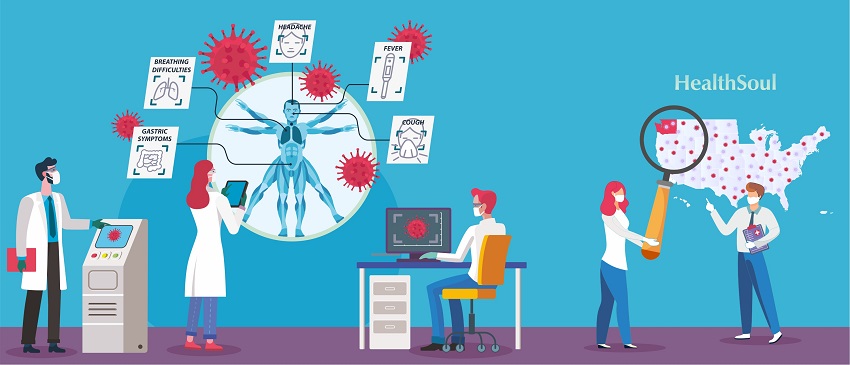COVID-19 Study in Washington State: Characteristics & Outcomes of 21 Critically Ill Patients

Though the COVID-19 pandemic (caused by SARS-CoV-2) and the disease it causes was considered to be a health threat at the beginning of 2020, it wasn’t considered a US health threat until early February of 2020, when one of the first COVID-19-related deaths was reported at Evergreen Hospital in Kirkland, Washington.
Following this reported death, multiple cases of COVD-19 were reported in the surrounding community and subsequently treated at Evergreen Hospital—most of these cases were linked to US transmission and most of them attributed to the exposure that came from a skilled nursing facility.
Continue reading to learn about the characteristics of these cases as well as the outcomes of these COVID-19 cases that were submitted to the ICU at Evergreen Hospital.

The Study of 21 Patients: What Happened
The patients admitted to the ICU at Evergreen Hospital between February 20, 2020, and March 5, 2020, were included in this study. The facility, Evergreen Hospital, is a 318-bed public hospital with a 20-bed ICU that can service about 850,000 residents of both Snohomish and King Counties in Washington State.
A total of 21 cases were included in this study—patients had a mean age of 70 years with a range of 43-92 years. Of the patients studied, 52 percent were male. Of the patients, comorbidities were identified in 18 cases (86 percent) with both chronic kidney disease and congestive heart failure being the most common.
Of these 21 cases, it was shown that the most common symptoms included shortness of breath (which affected 76 percent of the patients), a fever (which affected 52 percent of the patients) and a cough (which affected 48 percent of the patients).
The average onset of symptoms prior to their admittance to the ICU was a rough estimate of 3.5 days—17 of the 21 patients were admitted to the ICU less than 24 hours after their hospital admission (81 percent of cases).
Twenty of the 21 patients had abnormal chest radiographs observed at their admission (95 percent of cases). By 72-hours in the hospital, 18 of the 21 patients had bilateral reticular nodular opacities. Fourteen of them had evidence of ground-glass opacities.
Further, mechanical ventilation was needed for 15 of the 21 patients (71 percent) and acute respiratory distress syndrome (known as ARDS) was observed in 15 of 15 patients that required mechanical ventilation.
As of March 17, 2020, the mortality rate of these 21 patients was 67 percent. Out of these 21 patients, 24 percent have remained critically ill and 9.5 percent of them have been successfully discharged from the ICU.
It’s important to note that this study was conducted with a small number of patients from a single-center, that it included older residents of a skilled nursing facility, and that it’s unlikely this study will be broadly applicable to other patients with critical illnesses. That being said, it does reflect some initial experiences that could be counted as common characteristics of COVID-10 with critical illnesses in the US.

